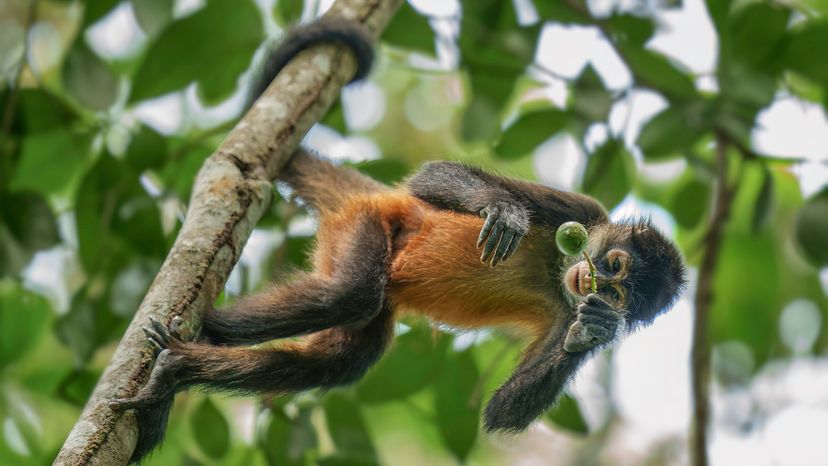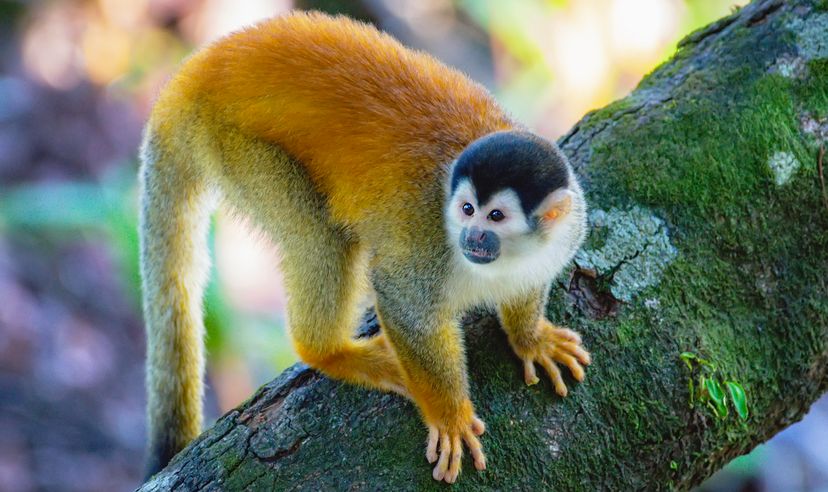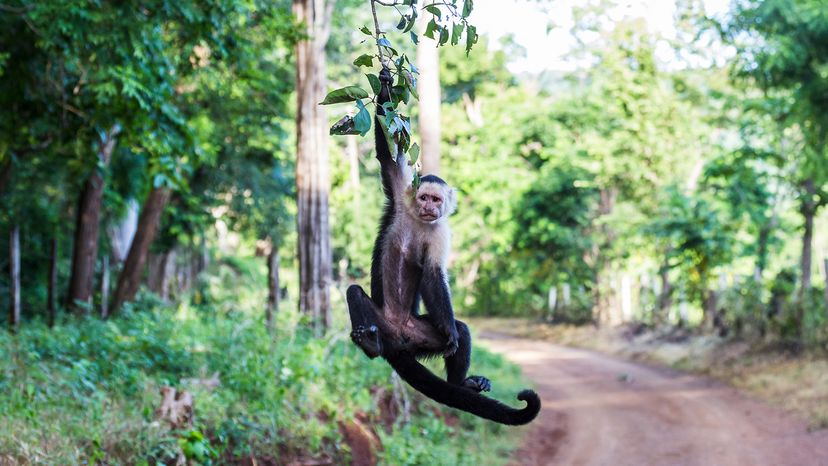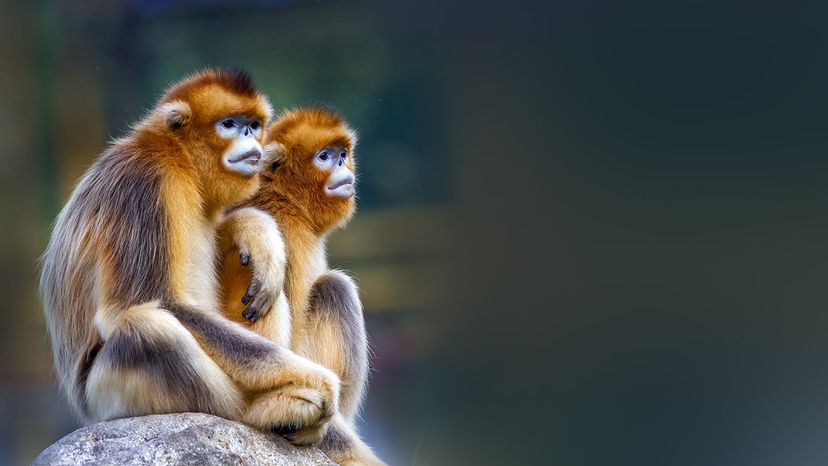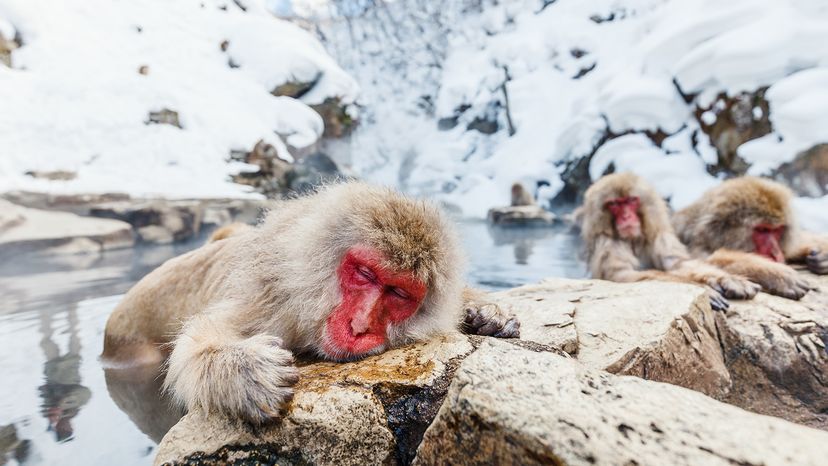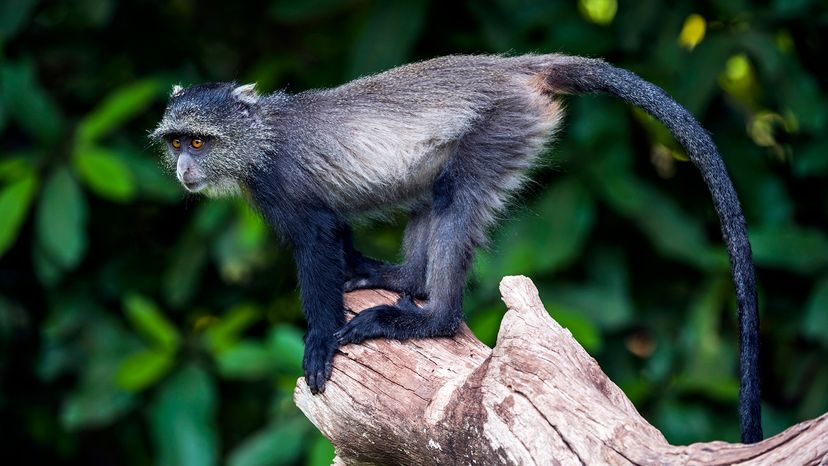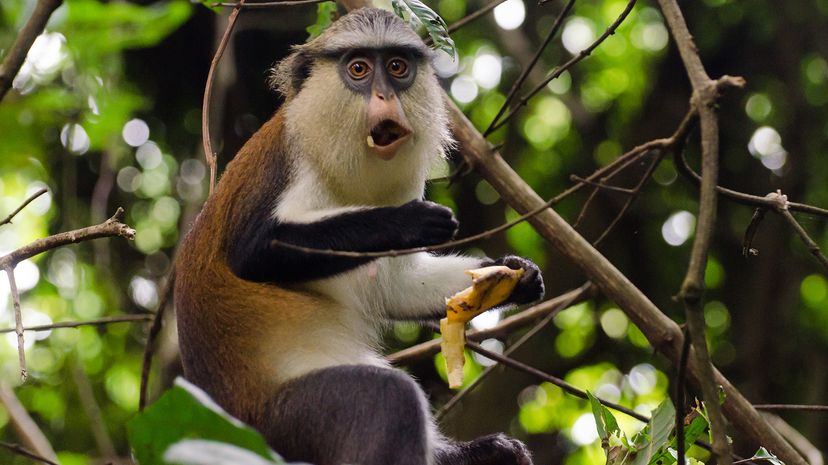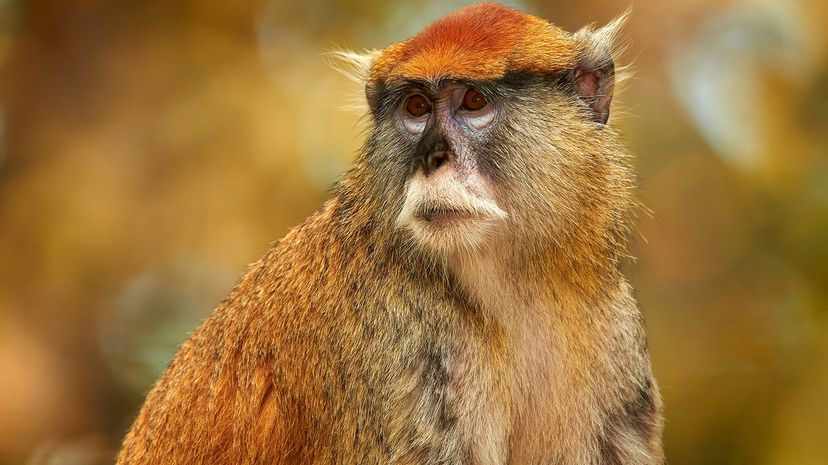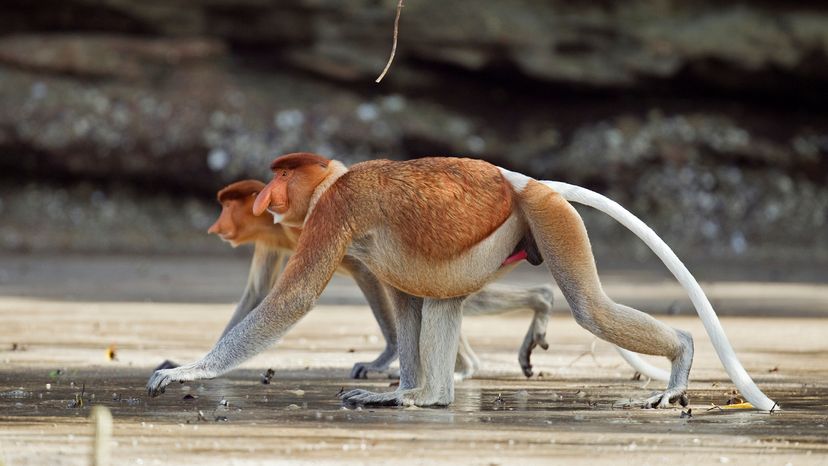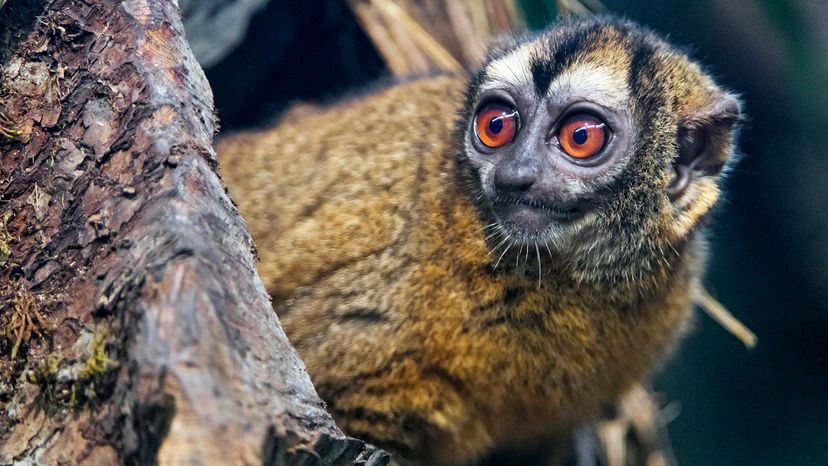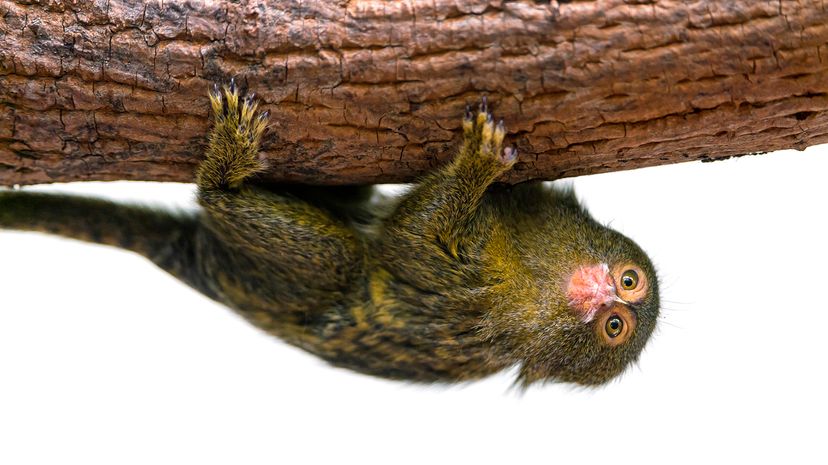
Found swinging through the canopies of tropical forests or foraging on the forest floor, the many types of monkeys are split into two main groups: Old World monkeys and New World monkeys. These primate species differ in habitat, behavior and physical traits, from prehensile tails to colorful facial features.
Here’s a look at some of the most curious monkey species on Earth.
Advertisement
